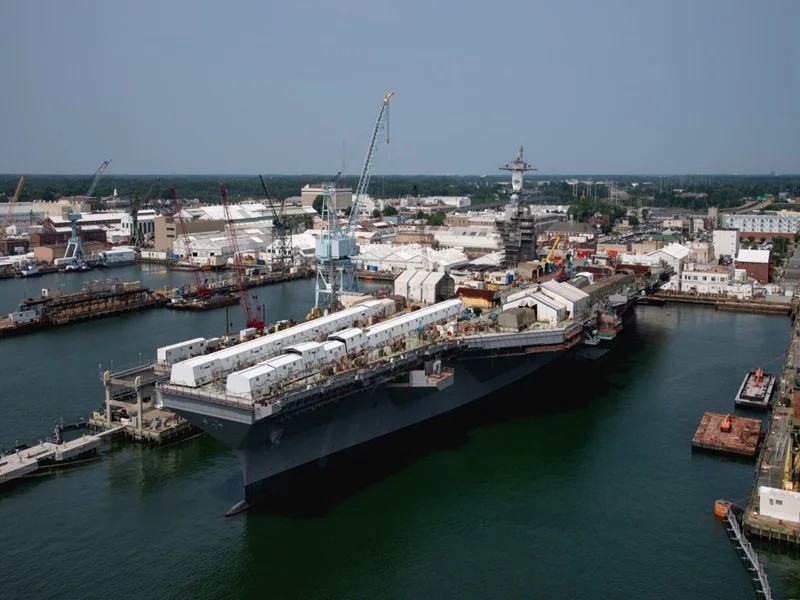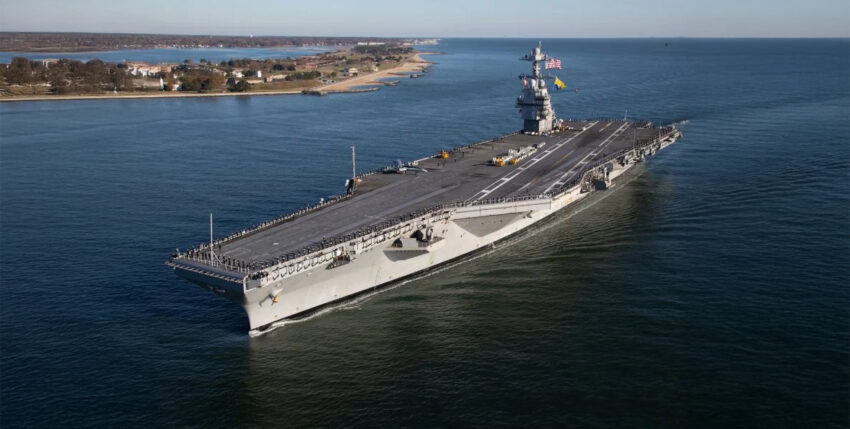U.S. aircraft carrier have been the backbone of the American Navy for over 100 years. The modern Ford class replaces older units and brings the latest technology into service. This strengthens the global clout of the U.S. Navy. They form the backbone of America's naval forces and play a critical role in global power projection. While the U.S. Navy relies heavily on Aircraft carrier pursues the German Navy a different strategy. Here you can find out why it still remains efficient: German Navy - good even without aircraft carriers?
The beginnings of the U.S. aircraft carriers

The first Aircraft carrier of the U.S. Navy was the USS "Langley" (CV-1). She was put into service in March 1922. It was converted from the coal transport ship USS "Jupiter". This was the first surface ship with electric propulsion as early as 1913.
The U.S. aircraft carrier of the Nimitz class (97,000 tonnes) have been in service since 1975. They are now being replaced by the modern Gerald R. Ford-class carriers (100,000 tonnes). They form the backbone of the American naval forces and play a decisive role in global power projection. The new, nuclear-powered Ford-class carriers were built as part of the CVN-21 programme by Newport News Shipbuilding - a division of Huntington Ingalls Industries (HII). They are intended to remain in use for at least 50 years.

Modern technology and reduced operating costs
The USS "Gerald R. Ford" (CVN-78), the type ship of the modernised U.S. aircraft carrierwas commissioned in July 2017 at a construction cost of around 12.5 billion euros. According to the U.S. Navy, the new technology should reduce maintenance costs by 30 % and significantly reduce the workload of the smaller crew through automation.
U.S. Ford-class aircraft carrier: renewal of the carrier fleet
With the introduction of the USS "Gerald R. Ford", USS "Enterprise" (CVN-65) was replaced, which was finally decommissioned in 2017 after more than 50 years. Several Ford-class aircraft carriers are currently under construction or planned:
- USS Gerald R. Ford (CVN-78) - keel laid in 2005, commissioned in 2017 - replaces Enterprise (CVN-65)
- USS John F. Kennedy (CVN-79) - start of construction 2011, planned entry into service 2025 - replaces Nimitz (CVN-68)
- USS Enterprise (CVN-80) - keel laid in 2017, planned commissioning in 2029 - replaces Dwight D. Eisenhower (CVN-69)
- USS Doris Miller (CVN-81) - start of construction 2021, planned commissioning 2032 - replaces Carl Vinson (CVN-70)
- USS William J. Clinton (CVN-82) - start of construction/commissioning unknown - to replace Theodore Roosevelt (CVN-71)
- USS George W. Bush (CVN-83) - start of construction/commissioning unknown - to replace Abraham Lincoln (CVN-72)
The Ford class sets new standards in modern warfare. With more efficient systems, greater automation and longer operational capability, it is shaping the future of the U.S. Navy. The coming decades will show how these technological advances will impact US global naval power.
kdk, Naval Technology, National Museum of the U.S. Navy










